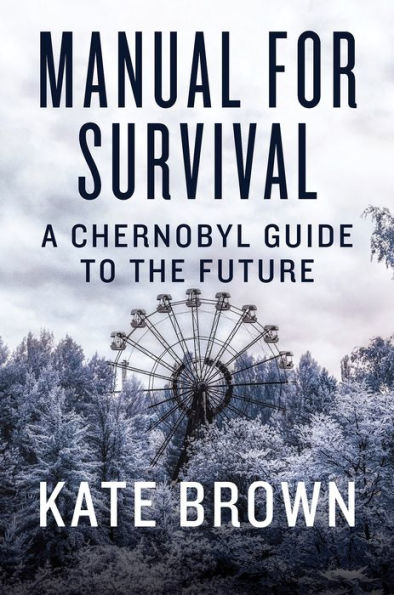It’s been thirty-three years since the accident at the nuclear power plant at Chernobyl, and despite millions in relief funding, extensive local research and the collapse of the Soviet Union, details about the scope of the disaster are still largely unknown. Never forthcoming about its failures, Moscow withheld information from the public, and partly as a result, a 2006 UN report put the official fatality count at just fifty-four. Manual for Survival, MIT professor Kate Brown’s powerful investigation into the long-lingering effects of radiation in the region, upends decades of deliberate obfuscation with material based on years of meticulous archival and field research.
Over the course of the book, Brown takes radiation measurements at wool factories and forests (where blueberries picked for export still exceed normal levels) and pores through formerly closed state archives to put together a comprehensive picture of the catastrophe—and of the hundreds of thousands of people who were likely affected. As Brown’s narrative arcs through the marshes of Ukraine and slaughterhouses of Belarus, the scale of the fallout becomes increasingly clear, and even more shocking. Today, the millions of tourists who visit Chernobyl each year are outfitted with Geiger counters and told at the end of their visits that they received a dose of radiation equivalent to an hourlong flight.
So is the site still dangerous or not? Brown’s book uses concrete figures to blow past official excuses—it’s difficult to trace the causes of cancer; shoddy Soviet health care and governance made it impossible to get accurate numbers—and also exposes the American government’s refusal to contribute its scientific expertise on radiation. The field of Chernobyl studies is already full of standout books—Serhii Plokhy’s Chernobyl and Svetlana Alexeivich’s Voices From Chernobyl come to mind—but in combining scientific rigor with artful, dramatic pacing, Manual for Survival proves itself to be an exceptional addition.
— Jessica Loudis


 Manual for Survival: A Chernobyl Guide to the Future by Kate Brown (Norton)
Manual for Survival: A Chernobyl Guide to the Future by Kate Brown (Norton) 